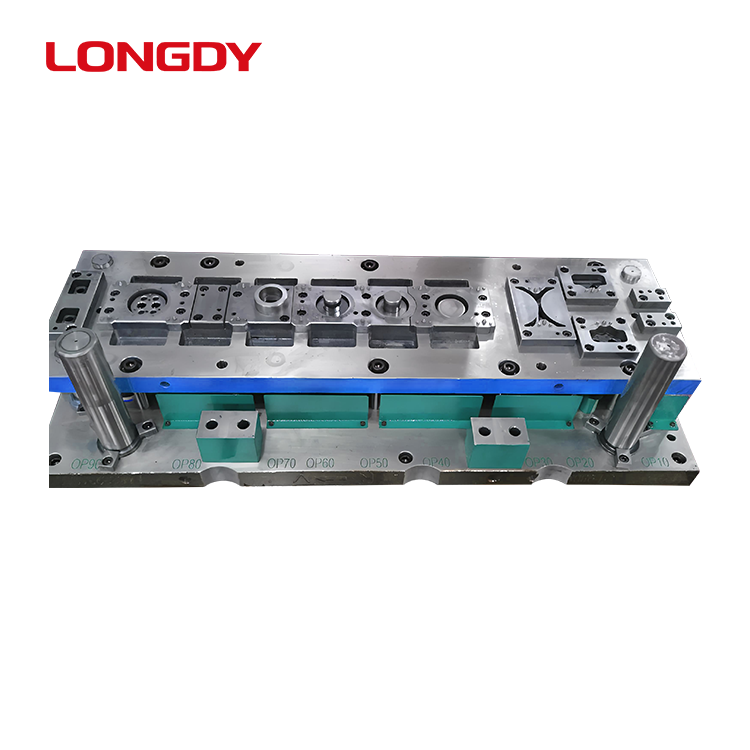Home > Company News > Stamping processing requirements for raw materials?
Company News

Stamping is a common material forming process in modern manufacturing and is widely used in a variety of fields, including automotive, electronics, and home appliances. The process is known for its high efficiency and precision, but at the same time, it places a number of stringent requirements on the raw material. What conditions do raw materials need to fulfill when stamping?
1. From a material point of view, the raw material used for stamping must have good plasticity. This is because in the stamping process, the material has to go through a variety of deformations such as bending, stretching, compression, etc. If the material has poor plasticity, it is very easy to break or crack in the process, affecting the quality of the finished product. For example, low carbon steel due to its excellent plasticity and ductility, become one of the widely used stamping materials.
2. The hardness of the material is also an important consideration. A moderately hard material not only ensures a stable shape of the stamped part, but also helps to extend the life of the die. Excessively hard materials may aggravate the wear and tear of the mold and increase the processing cost; excessively soft materials may lead to insufficient precision of the finished product to meet the design requirements. Therefore, it is crucial to choose the right hardness material according to different product requirements and production conditions.
3. Thickness uniformity should not be ignored. In the stamping process, if the thickness of the material is not uniform, it will lead to uneven distribution of force, which will affect the molding quality and dimensional accuracy of the parts. Especially for some parts with extremely high precision requirements, even small thickness differences may cause major quality accidents. Therefore, high-quality stamping raw materials need to ensure that the thickness is consistent to meet the needs of high-precision production.
4. In addition, the surface quality of raw materials should not be ignored. Surface defects such as scratches, pits, etc. not only affect the appearance, but also may become the source of stress concentration, reducing the mechanical properties of the finished product. In a high-speed automated production line, any surface defects may cause problems in the subsequent processes, or even lead to production line downtime, thus affecting the overall production efficiency.
5. For stamped parts for specific applications, the raw material may also need to meet special performance requirements, such as corrosion resistance, heat resistance or electrical insulation. These properties are often closely related to the composition of the material and the heat treatment process, so when selecting the material, it is necessary to take into account the use of the product environment and functional requirements.

